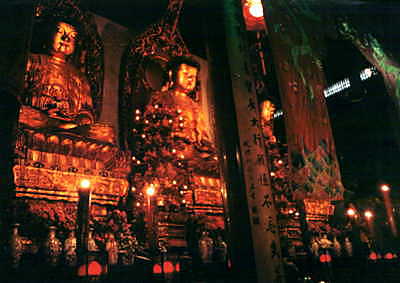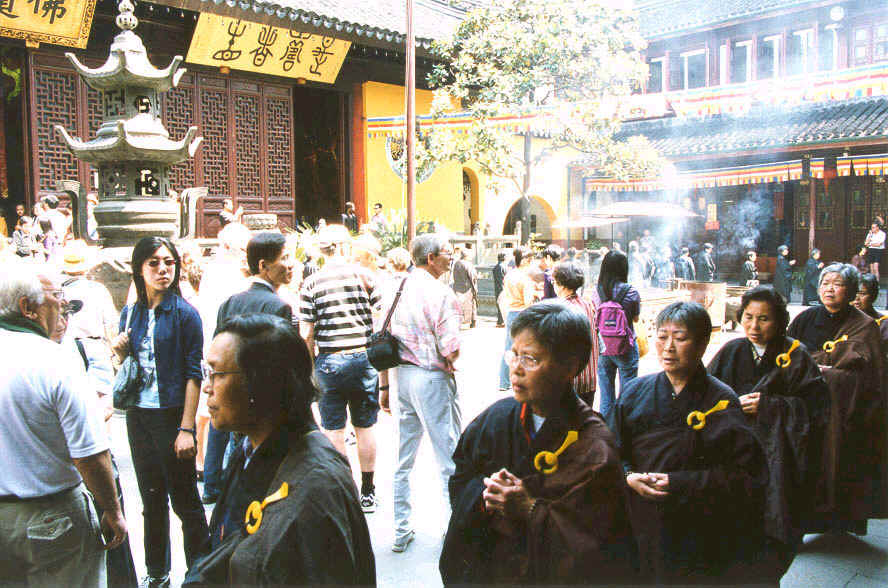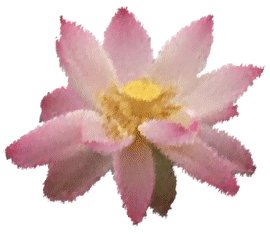
![]()
The function of the Chinese Temple in Malaysia today
Today's Chinese Temple in Malaysia serves as a religious building. Religious rites are occasionally performed and focuses less on education of dhamma. Chinese temple also serves as a place of purification, where some household visits the temple on every first and 15th of the lunar calendar and became a customary purpose.
According to some monks, temples are sacred places where people come to 're-access' themselves. A temple also is a place where people with a growing appreciation for Buddhism gather and enjoy what they have received: an appreciation for the working of infinite wisdom and infinite compassion in their lives.
'In other words, the temple is a place that forces people to see how truly difficult the life we have received is difficult to have received. It is so easy for people to waste our lives, and yet Buddhism is there for us reminding us of the uniqueness and preciousness of each and every life including my life.'
--John Iwohara abbot Vista Buddhist Temple
'Most
of Buddhist believe the main purpose of a temple is to create a
place to worship whereby people who believe, place images of someone who
had done great contributions to human beings and respect him/her. Temples
are built not only for people to beg for something but also to worship.
When people are visiting temple they should forget all their busy activity
and spent the time to recall Buddha by paying respect to the images that
are in the temple while also reflecting their way of lives and characters
that people must imitate. Therefore, people should not go to the temple
only when people have problem and we should not forget about going to
temple when we are happy.
If people can go to the temple
regularly to pray, people can always remember the Buddha so that people
can control their wrongdoings.'
-
Article from Siu Tao.com
People who do not understand the main purpose of going to temples, usually
do not have strong faith because they only expect the temples to fulfill
all their wishes. If their wish is not fulfilled then their faith will
easily fade away.
Hence,
it is clear that, temple serves as a community center for those who have
the same faith of Buddhism. Apart from the ritual and religion rites performed,
it is also a place for lay followers to re-access themselves and follow
the education of dhamma.
The various Organization in one Chinese Temple
First of all, one temple's main household population consists of monks living in the temple. The number of monks in one particular temple in Malaysia varies to the size of the temple. Among the monks, there is a relationship that is more towards disciple-apprentice organization. One particular temple's administration may consist of an abbot or chief monk heading the temple's affairs and other hierarchical organization. This monks being in the order of monks or Sangha, is part of a larger organization around the world according to their sect and school that could be traced. The monks duty are taking care of the temple and educating lay followers with dhamma but is hardly seen in Malaysian temples.

Apart from the order of monks in one particular temple, the lay followers, Buddhist practitioners that supports the temple without being a monk also forms another organization of the temple. This particular organization works closely with the monks towards mutual benefits of the temple. This organization forms themselves their own community that support this particular temple and is headed by a committee. Usually, the households live near the temple are part of this community. Apart from this, most if not all, the committees of this community are usually people with influence. Usually, when the temple are going to hold a function, this committee are the ones that publicized the function and support as well as to make it run smoothly.
Chinese Temple's Fundings in Malaysia
Generally, Buddhist temples nowadays are not supported or have no direct financial grants from the government unlike the times of Buddha. In order to generate funds to pay for the running costs , a temple has to resort to various means to attract gifts of money and material from the public.

During rituals ceremony, it is usual for people who attend the functions to make small contribution in cash or in the form of 'oil money' to temple for merit making. Apart from that, lay followers who pray also perform small contribution to temple by donating in return for few joss sticks. This is a source of income for the temple as well as selling candles, souvenirs, and performing ritual rites for the followers.
Sometimes when temples run short of money for construction of buildings, special merit- making ceremonies are organized and appeals to Buddhist Associations for donations. Apart from that, a temple generally holds many dedicatory celebrations through out a year, as regular donations are received during this cylindrical rites. Below are examples of various major dedicatory celebrations held each year following the Chinese Lunar Calendar:
Wesak Day
The Birthday of Amitabha Buddha
Chinese New Year
The Birthday of Maitreya Buddha
The Birthday of Kuan Yin Boddhisattva
The Renunciation of Kuan Yin Boddhisattva
and various Birthdays of other Buddhas and Boddhisattvas.
One particular temple may hold at least 2 major Festival - Wesak and Chinese New Year Festival , and many minor Festivals through out one year.
Previous Next
![]() This
is a thesis website by ressox studio.
This
is a thesis website by ressox studio.

